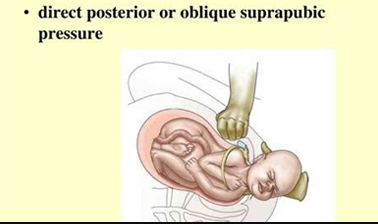
Understanding Erb’s Palsy Malpractice: Causes and Prevention
Welcome to Erbspalsyinfo.com, your go-to source for comprehensive information about Erb’s Palsy! Our mission is to empower you with the knowledge you need to make informed decisions and to support your child who has Erb’s Palsy.
In today’s post, we will discuss Erb’s Palsy Malpractice, and its causes.
We will also discuss Erb’s Palsy Physical Therapy, and how it can help improve function for children with Erb’s Palsy.
Erb’s Palsy Malpractice: Causes and Risk Factors
Most Erb’s Palsy in newborns is caused by malpractice through negligence in failing to recognize the risk of shoulder dystocia, or improper management of shoulder dystocia.
Some common causes and risk factors include:
- Excessive force: During shoulder dystocia, both the amount of force applied by the physician delivering the baby, and the direction of that force, are critical. The use of excessive force during delivery, and the application of downward or lateral force, or traction, can damage the brachial plexus nerves, leading to Erb’s Palsy.
- Inadequate monitoring: Failing to monitor the baby’s position and progress during labor can result in complications, including Erb’s Palsy. If there is evidence of the baby being macrosomic (or very large) and there is an arrest of labor (the mother’s cervix stops dilating ot the baby stops going down toward the birth canal despite contractions, the baby may be at risk of shoulder dystocia, which then puts the baby at risk of Erb’s palsy. Medical professionals should be vigilant in detecting any potential issues and responding promptly to minimize risks.
- Shoulder dystocia: Most Erb’s palsy occurs in the context of Shoulder Dystocia – when the baby’s head delivers and the shoulders become lodged behind a part of the maternal pelvis. If Shoulder Dystocia is not managed properly, shoulder dystocia can lead to Erb’s Palsy due to the stress placed on the brachial plexus nerves.
Erb’s Palsy Physical Therapy
Physical therapy is an essential component of Erb’s Palsy treatment and can help improve the function of the arm and the hand. By starting Erb’s Palsy Physical Therapy as early as possible, you can maximize your child’s chances of having the best possible function of the damaged area.
Here are some benefits of Erb’s Palsy Physical Therapy:
- Improved range of motion: Physical therapy helps to stretch and strengthen the muscles in the affected arm, improving overall range of motion.
- Enhanced motor skills: Through targeted exercises, Erb’s Palsy Physical Therapy helps to develop fine motor skills, making everyday tasks easier for your child.
- Pain management: Erb’s Palsy can be painful for children. Physical therapy helps to alleviate pain through gentle stretching and strengthening exercises.
- Preventing muscle contractures: Regular physical therapy sessions can help prevent muscle contractures, a condition where muscles shorten and become less flexible.
Final thoughts
Erb’s Palsy Malpractice is a devastating occurrence that can have long-lasting effects on your child’s health and well-being. By understanding the causes and risk factors, you can make informed decisions about your child’s care and ensure they receive the best treatment possible.
At www.erbspalsyinfo.com, we are committed to providing you with the resources and support you need to help your child overcome Erb’s Palsy. To learn more about Erb’s Palsy Physical Therapy and other treatment options, visit our webpage at www.erbspalsyinfo.com.























